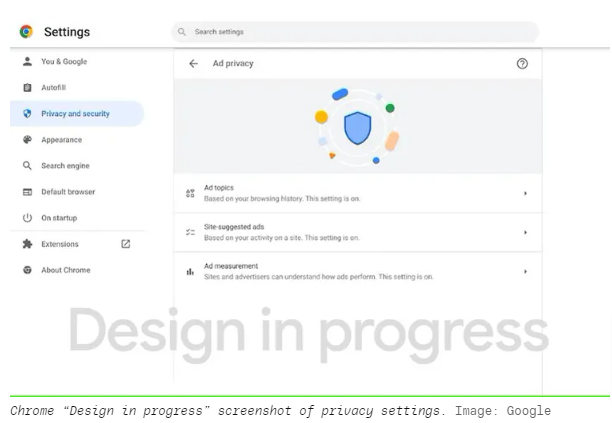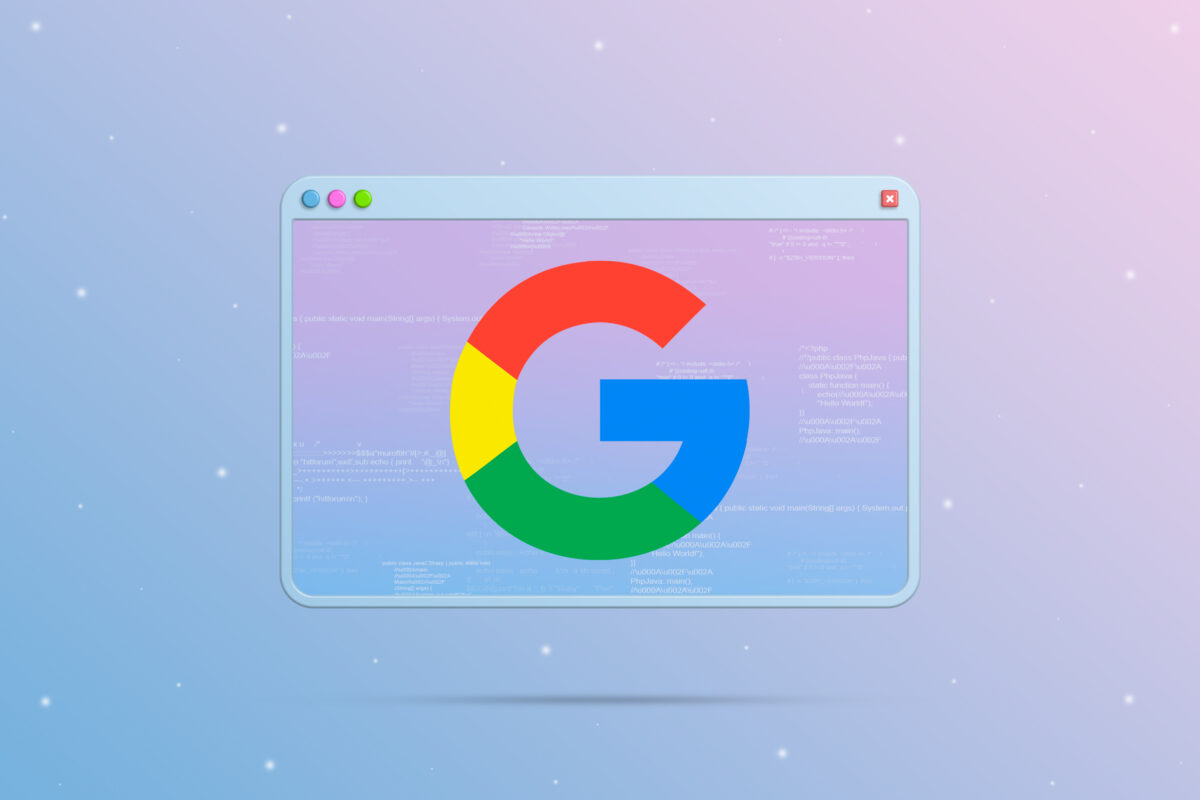Online privacy concerns have prompted Google to embark on a journey to block third-party cookies in its Chrome browser. In a significant move, Google has announced its plan to turn off support for third-party cookies for 1% of Google Chrome users early next year. This blog post explores the implications of this decision and what it means for the future of online privacy.
Google Chrome Takes the First Step:
Understanding the Significance
Third-party cookies have long been used to track user activity across multiple websites, raising privacy concerns among users. By turning off support for these cookies, Google aims to enhance user privacy and establish a more secure browsing experience.
A Gradual Approach
Google’s strategy involves a phased implementation of third-party cookie deprecation. By initially targeting 1% of Chrome users, Google can carefully assess the impact and address any challenges that may arise before expanding the changes to a larger user base.

User-Centric Privacy
The move towards turning off third-party cookies aligns with Google’s commitment to prioritize user privacy. By blocking these cookies, users gain greater control over their online activities and reduce the chances of being tracked by advertisers across different websites.
The Power of Data Aggregation
Instead of relying on individual user tracking, Google’s Privacy Sandbox initiative employs technologies like the Topics API. This API allows advertisers to access aggregated data about user interests, providing them with insights while preserving user privacy.
Preparing for Change of Google Chrome
With the impending deprecation of third-party cookies, website owners and developers need to adapt their strategies to ensure a smooth transition. By staying informed and implementing alternative solutions, they can continue to deliver personalized experiences to users while respecting their privacy.
Addressing Concerns and Collaboration
Google is aware of concerns surrounding potential advertising advantages and unfair competition. The company has actively engaged with regulatory bodies, such as the UK’s Competition and Markets Authority (CMA), to ensure transparency and fairness throughout the process.
Testing and Feedback
Google understands the importance of receiving feedback from developers and users during this transition. Chrome’s upcoming update enables developers to simulate third-party cookie deprecation, aiding in testing and optimizing websites and services.
A Future of Privacy and Innovation of Google Chrome
Google’s commitment to privacy shines as it progresses in blocking third-party cookies for a safer online experience. This move encourages innovation in alternative advertising and tracking methods, leading to a more privacy-centric web for all users.
Beyond the 1% Milestone of Google Chrome
While the 1% target represents a significant step forward, Google has a broader vision for the future. It plans to expand the rollout to a larger user base in the second half of the following year, ultimately leading to complete third-party cookie deprecation by the target date of late 2024.
Conclusion
Google’s decision to turn off support for third-party cookies for 1% of Chrome users in the near future marks a crucial milestone in the quest for enhanced online privacy. Google prioritizes user-centric privacy while collaborating with regulators, achieving a balance between user empowerment and advertiser needs. A more secure and privacy-respecting browsing experience awaits users as the transition unfolds, prioritizing online privacy.
FAQ:
Q: What are third-party cookies?
A: Third-party cookies are small text files that are stored on a user’s browser by websites they visit, allowing advertisers to track their activity across different sites.
Q: Why is Google Chrome blocking third-party cookies?
A: Google Chrome is blocking third-party cookies to enhance user privacy and address concerns about cross-site tracking and data collection without user consent.
Q: How will the Privacy Sandbox initiative replace third-party cookies?
A: The Privacy Sandbox introduces alternative technologies, such as the Topics API and Protected Audience, which provide advertisers with aggregated data while preserving user anonymity.
Q: When will Chrome start blocking third-party cookies?
A: Google plans to turn off support for third-party cookies for 1% of Chrome users early next year, with a broader rollout in the following years leading to full deprecation by late 2024.
Q: How will the upcoming Chrome update help developers?
A: The update will include features that allow developers to simulate the effects of third-party cookie deprecation, enabling them to test and optimize their websites and services.
Q: What impact will be blocking third-party cookies have on users?
A: Blocking third-party cookies will enhance user privacy by limiting cross-site tracking and providing users with more control over their online activities and personal data.
Q: Will blocking third-party cookies affect personalized advertising?
A: While blocking third-party cookies may impact traditional methods of personalized advertising, Google’s Privacy Sandbox aims to provide alternative solutions that maintain user privacy while still allowing targeted advertising.
Q: What can website owners and developers do to prepare for this change?
A: Website owners and developers should stay informed about the evolving privacy landscape, explore alternative advertising and tracking methods, and ensure their websites comply with emerging privacy standards.
Q: Is Google working with regulators and industry stakeholders regarding this change?
A: Yes, Google is actively collaborating with regulatory bodies, such as the UK’s Competition and Markets Authority (CMA), and seeking feedback from developers and users to ensure transparency and fairness throughout the transition.
Recommended for you: 7 THINGS PUBLISHERS SHOULD KNOW ABOUT AD BLOCKERS?


